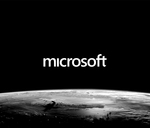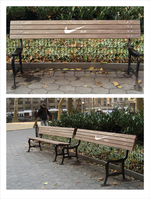Levi’s Helps Millennials Take Over the World
Posted in: UncategorizedWriting in More About Advertising, Stephen Foster says Levi’s has “lightened up” with a follow up to the Wieden + Kennedy-created opus, Go Forth Braddock. That spot, if you recall, pulled the heartstrings by focusing on American despair and how that despair, so says the commercial, motivates people to work towards a goal. Idealistic is an understatement.
The agency’s new work, This is a Pair of Levi’s, is far from a “lightening up” of the original. In fact, it pours on the hipsterific poetics as if the entire world suddenly and collectively participated in a gigantic hand-waving, come-to-Jesus beatnik meeting of epic proportion.
As a collection of citified youngsters prepare for the day, a voiceover amps up the rhetoric with anthem-like intensity that likens the mundane act of going to work to…oh…landing a rover on Mars.
It’s preposterously stupid and laughable. But when you’re sitting around a conference room table high on Starbucks with your heart racing from that team-wide Agency.com-style group fist bump you all experienced before walking in to the client presentation…this shit is awesome!
At one point, the voiceover intones, “It’s the thread in your seams that’s tied to your dreams.” That was the punchline, right? That’s when we’re supposed to laugh at this epic inside joke, right?
Right?
Right?
Boom! This…is a pair of Levi’s.
Remember when Levi’s where just a pair of jeans?
And the Braddock opus:




















